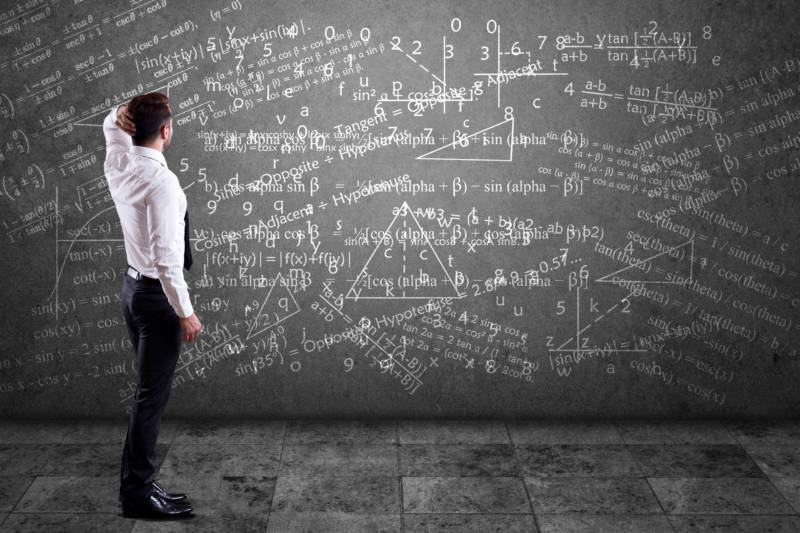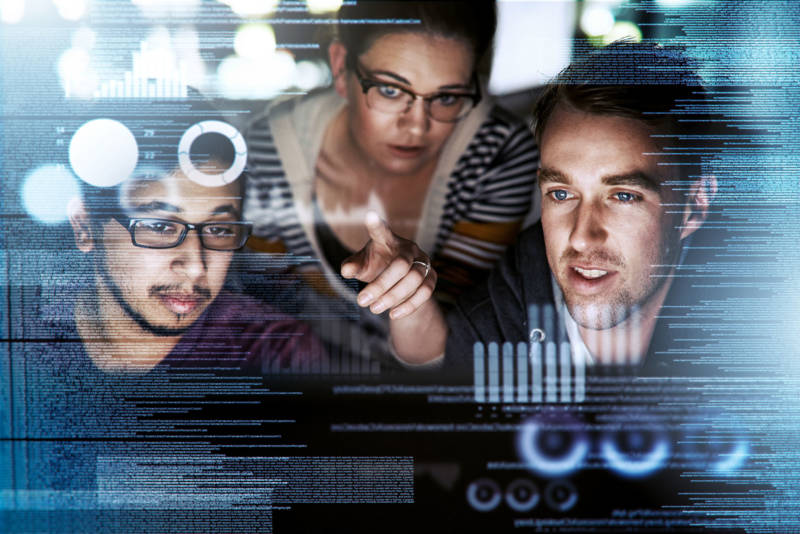
Problem solving is the ability to work through problems by using critical thinking skills to arrive at a solution. In the workplace teams have to solve problems every single day. Problem solving as a team improves the chances of coming up with the best solution or result. When people work together they can share and compare ideas and choose the one that best solves the problem. There is usually more than one solution to every problem. However, the process to solve a problem is always the same:
1. Find the problem
2. Define the problem
3. Describe the problem
4. Diagnose the problem
5. Test the diagnosis
In this post we will examine these steps in more detail and outline why it important for your students to understand how knowing these steps will make them ready for the workplace.
Find the Problem

The first step in solving problems is to understand that there is a problem. A problem exists when there is a difference between what is happening and what should be happening. Start by collecting all of the facts about the problem and leave out personal thoughts or opinions. In the workplace, it pays to be proactive about finding and solving problem. Ideally, workplaces identify problems before they become serious issues. In this way the business saves time and money.
Define the Problem

To define the problem means to make a statement that tells what the problem is. It may seem like a simple part of the problem solving process but it has been said that how a problem is defined determines how the problem will be solved. This means that defining the problem correctly is key to getting it solved. A problem can be defined by answering one of the following questions: “What is not happening that should be happening?” or “What is happening that should not be happening?”
Describe the Problem
Once a problem has been defined the next step is to describe the problem. The description should include three parts: an identity, a location, and timing. The identity has to do with who or what is involved in the problem. The location describes where the problem is happening, and the timing tells when the problem is occurring.
Diagnose the Problem

To diagnose the problem means to find the cause of the problem. This requires careful thinking about the problem description in order to come up with a hypothesis or explanation for the problem. Start by breaking down the information into small pieces. The more simple or basic each detail is, the easier information is to analyze. From here a hypothesis can be formed that explains why the problem is occurring.
Test the Diagnosis

Once there is a hypothesis for the problem it is time to test the theory. Change something about the diagnosis for the problem. Change situations, places or people. Has the problem been solved? If not, the team needs to go back and formulate a new hypothesis for the problem. This process is repeated until the problems gets solved.
